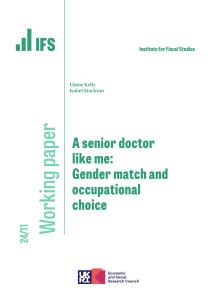Although end-of-life medical spending is often viewed as a major component of aggregate medical expenditure, accurate measures of this type of medical spending are scarce. We used detailed health care data for the period 2009–11 from Denmark, England, France, Germany, Japan, the Netherlands, Taiwan, the United States, and the Canadian province of Quebec to measure the composition and magnitude of medical spending in the three years before death. In all nine countries, medical spending at the end of life was high relative to spending at other ages. Spending during the last twelve months of life made up a modest share of aggregate spending, ranging from 8.5 percent in the United States to 11.2 percent in Taiwan, but spending in the last three calendar years of life reached 24.5 percent in Taiwan. This suggests that high aggregate medical spending is due not to last-ditch efforts to save lives but to spending on people with chronic conditions, which are associated with shorter life expectancies.
Authors:
Eric B. French, Jeremy McCauley, Maria Aragon, Pieter Bakx, Martin Chalkley, Stacey H. Chen, Bent J. Christensen, Hongwei Chuang, Aurelie Côté-Sergent, Mariacristina De Nardi, Elliott Fan, Damien Échevin, Pierre-Yves Geoffard, Christelle Gastaldi-Ménager, Mette Gørtz, Yoko Ibuka, John B. Jones, Malene Kallestrup-Lamb, Martin Karlsson, Tobias J. Klein, Grégoire de Lagasnerie, Pierre-Carl Michaud, Owen O’Donnell, Nigel Rice, Jonathan S. Skinner, Eddy van Doorslaer, Nicolas R. Ziebarth and Elaine Kelly.











